Undercoating is a vital step in protecting your vehicle from rust and corrosion. Rust can quickly deteriorate the metal of your car, leading to costly repairs. With proper undercoating, you can extend the life of your vehicle and maintain its resale value. In this post, we will discuss the best undercoating options available to prevent rust and keep your car in top condition.
One of the best undercoating options is a rubberized spray. Rubberized sprays provide a flexible, water-resistant barrier that helps protect your car from rust. This type of undercoating is easy to apply and dries quickly. It also provides excellent soundproofing and helps reduce road noise, making for a more comfortable ride. Rubberized sprays are available in aerosol cans, making them convenient to use and ideal for those who prefer to do their own vehicle maintenance.
Another popular undercoating option is a wax-based spray. Wax-based sprays provide a durable, water-resistant barrier that helps prevent rust and corrosion. This type of undercoating is ideal for those who want a more traditional approach to protecting their car from rust. Wax-based sprays are available in aerosol cans, making them easy to use and apply. They also provide excellent protection for your car’s underbody, helping to maintain its resale value and extend its life.
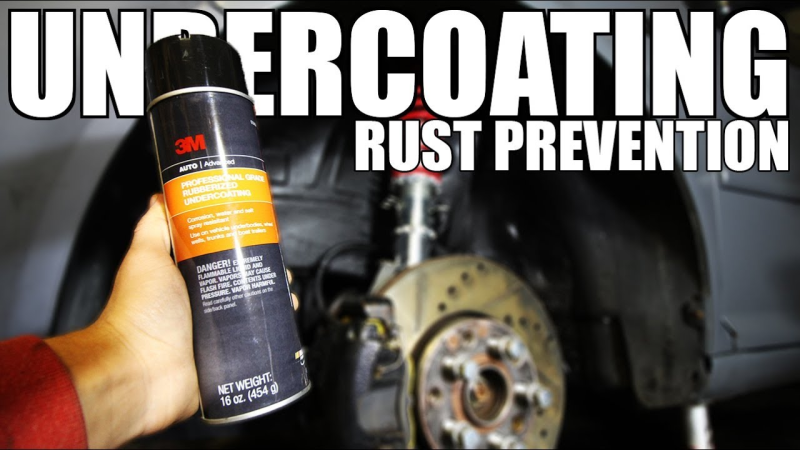
Best Undercoating To Prevent Rust Overview
What I love about two-part epoxy undercoating systems is that they cure to form a tough and flexible coating that adheres strongly to metal surfaces. The epoxy provides excellent resistance to water and other corrosive elements, making it one of the most effective rust inhibitors available. The curing process also creates a high-build coating that helps to protect against physical damage from rocks, debris, and other road hazards.
Another great feature of epoxy undercoating systems is their versatility. They can be easily applied with a brush, roller, or spray gun, making them ideal for a variety of applications, including underbody protection, wheel wells, and suspension components. Some two-part epoxy undercoating systems even include a rust converter that can be used to treat rust and prevent its spread before applying the epoxy coating.
Overall, I highly recommend using a two-part epoxy-based undercoating system to protect your vehicle from rust and corrosion. With its strong, durable, and long-lasting protection, this type of undercoating provides peace of mind and helps to maintain the value and longevity of your vehicle.
Best Undercoatings In Comparison
There are several types of undercoating materials available in the market, each with their own unique set of benefits and disadvantages. Some of the best undercoating ingredients to prevent rust are rubberized sprays, wax-based sprays, and two-part epoxy-based systems. Here’s a comparison of these ingredients:
| Undercoating Ingredient | Advantages | Disadvantages |
|---|---|---|
| Rubberized Sprays | – Flexible and water-resistant barrier<br>- Easy to apply and dries quickly<br>- Provides excellent soundproofing | – May become brittle over time<br>- Requires reapplication after a certain period |
| Wax-based Sprays | – Durable and water-resistant barrier<br>- Easy to use and apply<br>- Provides traditional approach to rust protection | – May become less effective over time<br>- Requires reapplication after a certain period |
| Two-Part Epoxy Systems | – Strong, durable and long-lasting barrier against rust and corrosion<br>- Cures to form a tough and flexible coating that adheres strongly to metal surfaces<br>- Excellent resistance to water and other corrosive elements | – More complicated to apply compared to sprays<br>- Requires special equipment and mixing |
Each of these ingredients has its own strengths and weaknesses, and the best one for you will depend on your specific needs and preferences. Rubberized sprays are great for those who want a flexible, water-resistant barrier that provides excellent soundproofing. Wax-based sprays are ideal for those who prefer a more traditional approach to rust protection. Two-part epoxy systems are the best choice for those who want a strong, durable, and long-lasting barrier against rust and corrosion.
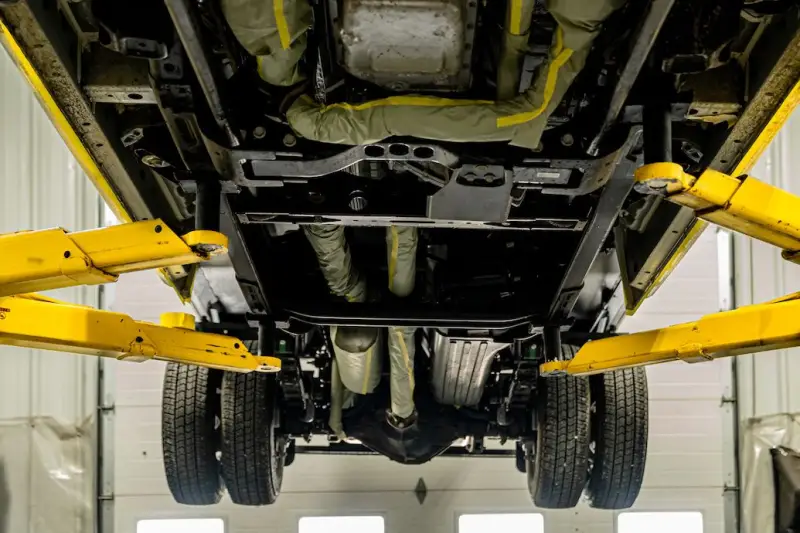
Equipment to Work With Undercoatings
| Equipment | Rubberized Sprays | Wax-based Sprays | Two-Part Epoxy Systems |
|---|---|---|---|
| Spray Can | Required | Required | Not Required |
| Brush | Optional | Optional | Required |
| Roller | Optional | Optional | Required |
| Spray Gun | Optional | Optional | Required |
| Mixing Cup | Not Required | Not Required | Required |
| Mixing Stick | Not Required | Not Required | Required |
As you can see, rubberized sprays and wax-based sprays are the most convenient to use as they come in aerosol cans and do not require any additional equipment. However, they may require reapplication over time. On the other hand, two-part epoxy systems are more complex to apply, but they provide a strong, durable, and long-lasting barrier against rust and corrosion. If you choose to use a two-part epoxy system, you’ll need a brush, roller, or spray gun for application, as well as a mixing cup and stick to ensure proper mixing of the two components.
If you are interested in applying undercoating to prevent rust, I would recommend purchasing a pre-made product from a reputable manufacturer and following the instructions provided with the product. This will ensure that the undercoating is applied safely and effectively, providing the best possible protection against rust and corrosion.
It’s also important to note that the best undercoating for rust prevention will depend on your specific needs and the type of vehicle you are working on. Some undercoatings may be better suited for specific types of surfaces or environments, so be sure to choose a product that is appropriate for your situation.
F.A.Q.
What is the best undercoating to prevent rust?
The best undercoating to prevent rust will depend on your specific needs and the type of vehicle you are working on. Some popular options include rubberized sprays, wax-based sprays, and two-part epoxy-based systems.
How does undercoating prevent rust?
Undercoating provides a barrier between metal surfaces and the environment, which helps to prevent rust from forming. This is especially important for vehicle bodies, which are exposed to moisture, salt, and other corrosive elements.
How often do I need to reapply undercoating?
The frequency of reapplication will depend on the type of undercoating you use and the environment in which your vehicle is stored. Rubberized sprays and wax-based sprays may require reapplication every year or two, while two-part epoxy-based systems can provide protection for several years.
Can I apply undercoating myself?
Yes, you can apply undercoating yourself, although it may be more complicated for two-part epoxy-based systems. For best results, be sure to follow the instructions provided with the product and take any necessary safety precautions.
Does undercoating have any drawbacks?
Some types of undercoating, such as rubberized sprays, may become brittle over time and may need to be reapplied. Additionally, two-part epoxy-based systems can be more complicated to apply compared to sprays.
Is undercoating necessary for all vehicles?
Whether or not you need undercoating will depend on the type of vehicle you have and the environment in which it is stored. If you live in a region with high humidity or exposure to salt and other corrosive elements, undercoating can help to protect your vehicle from rust and corrosion.
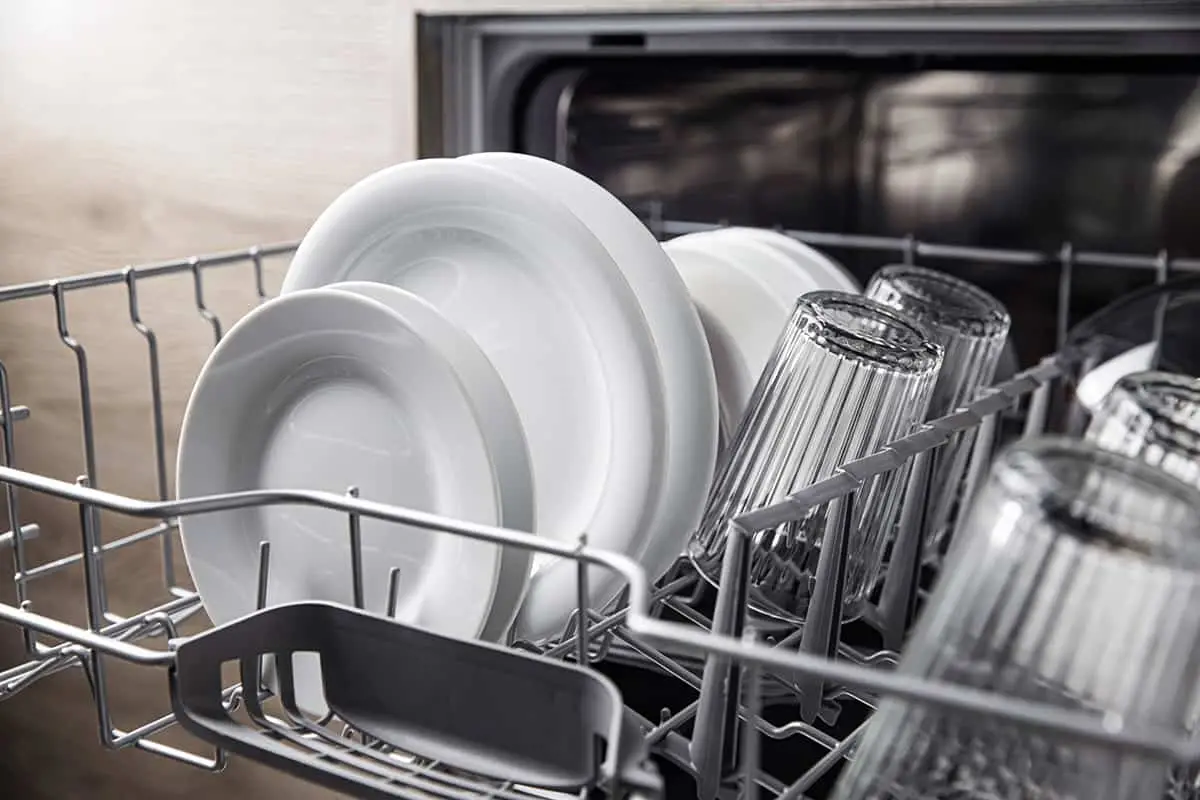
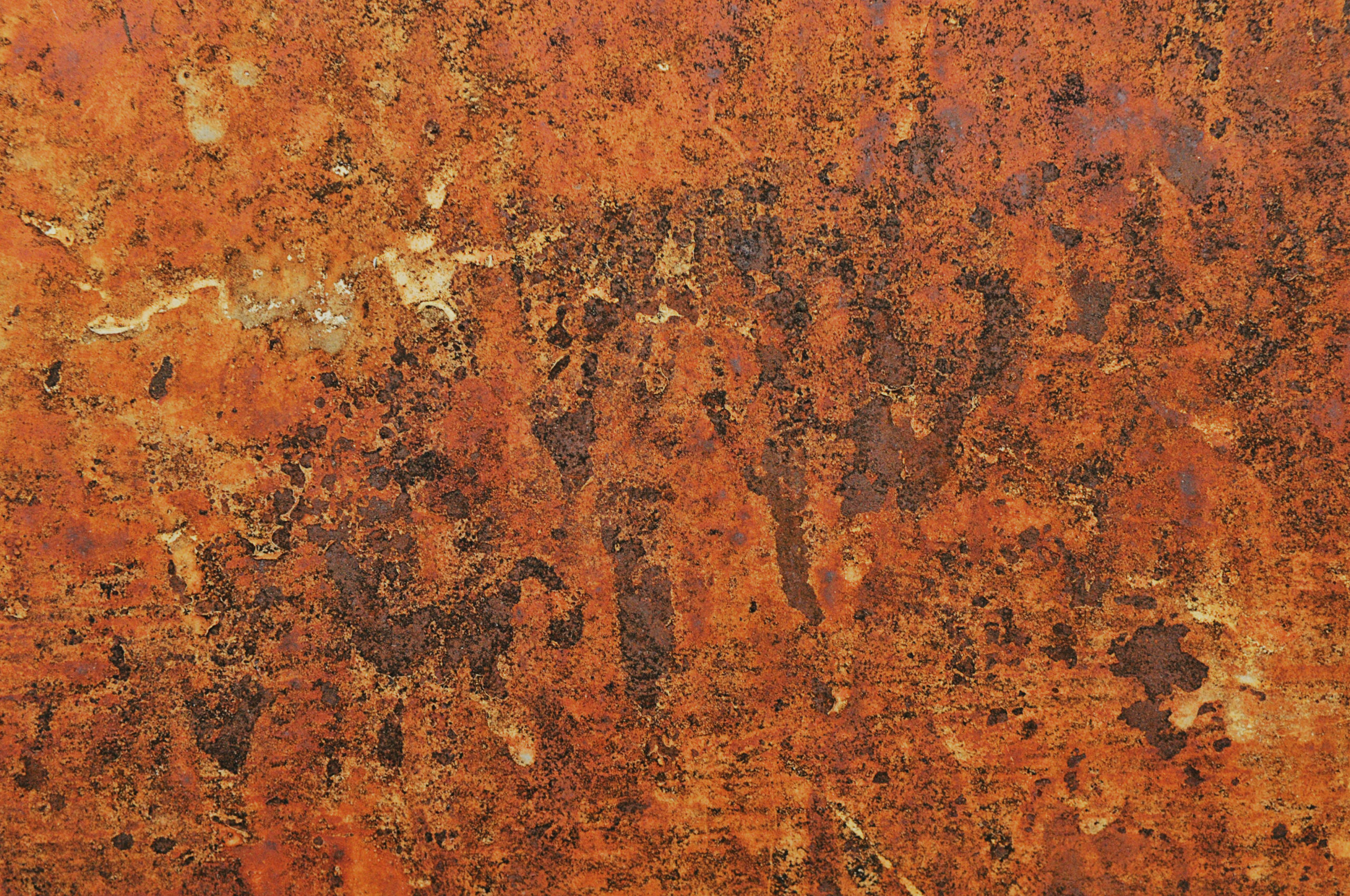
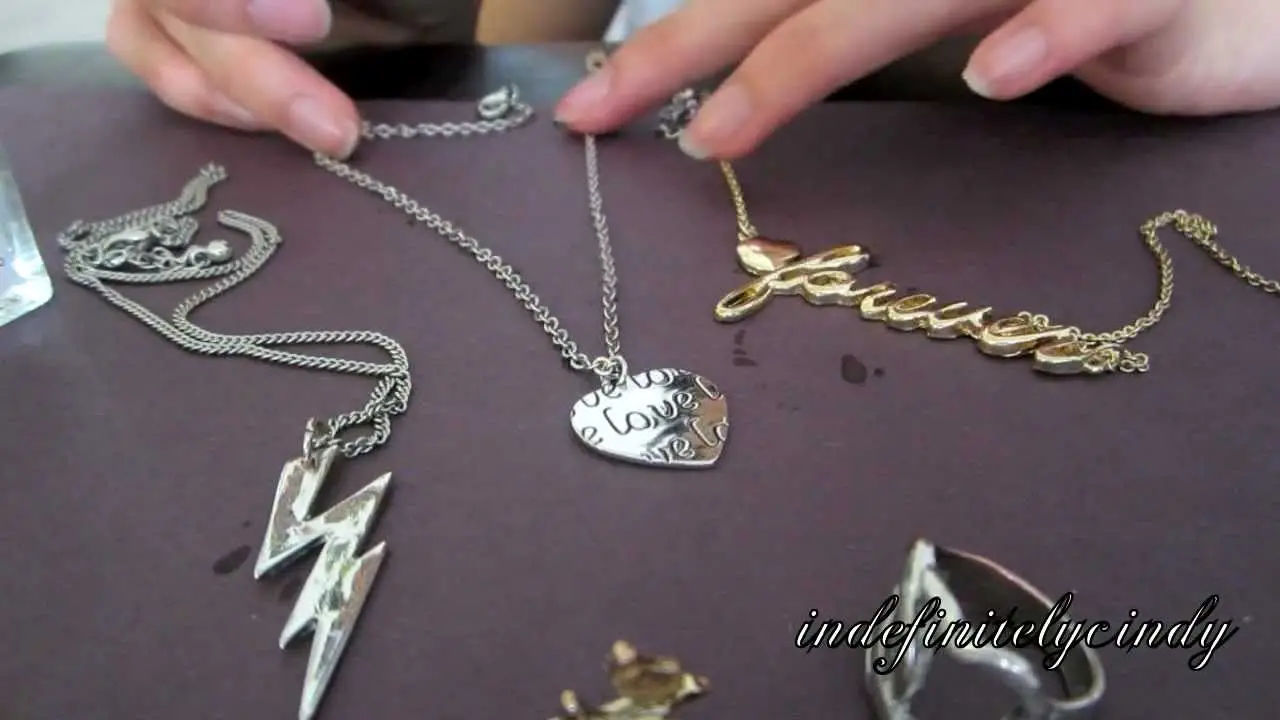
Leave a Reply